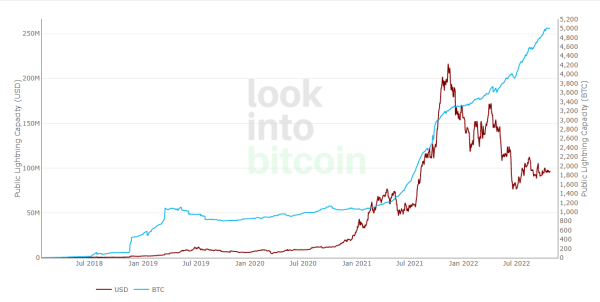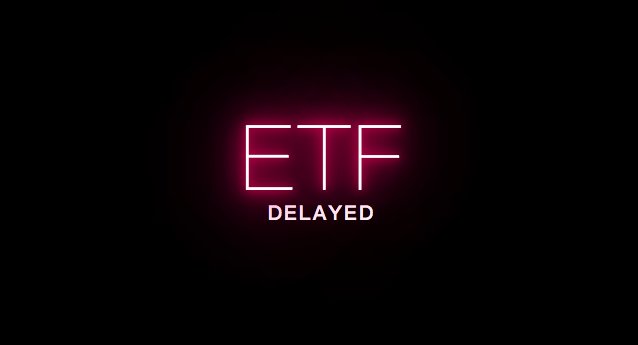
What is the Blockchain
The blockchain is a decentralized data structure and the basis of many digital currencies.
To emphasize this decentralization more often, especially in the financial sector, is often referred to as “Distributed Ledger Technology”. This technology is distinguished by its decentralization, invariability and transparency.
“Be your own bank” – this is a flop of the bitcoin and blockchain scene. But why would you want to be your own bank? For many political idealists, a problem with the current banking system is that the power over money – and thus over a considerable part of the property – is in the hands of very powerful organizations.
This is not only a purely capitalist problem, even in socialist systems the power over this money would only be in the hands of another very powerful entity – the state.
The problem is not that these great structures are evil. The question, however, is whether such a centralized system is safe and trustworthy in the long term. Can a centralized system ensure that nothing is changed on the main books? How does it prevent an accident?
Such worries and problems could be met with a decentralized solution. The blockchain is currently the only decentralized solution that works in different application areas.
Blockchain for beginners
Blockchains are decentralized data structures. To emphasize this decentralization more often, especially in the financial sector, is often referred to as “Distributed Ledger Technology”. This technology is distinguished by its decentralization, invariability and transparency.
The blockchain is the backbone of Bitcoin and most other digital currencies. It is ultimately an open-view main account of all transactions within this currency. This main book is not stored centrally, it is stored on many different computers, the so-called nodes, and updated. This decentralized repository and a process called Mining ensure that a blockchain does not need to be managed by any central authority.
One can imagine the blockchain as a chain of blocks, each with transaction data. The transactions are therefore grouped into the blocks, checked for validity, and added to the previous chain of blocks in a process called Proof of Work.
The Proof of Work process is a process that guarantees that the blocks do not all come from one party. In this process a complicated computer task has to be solved. Since this solution can only be found through frequent testing, it is guaranteed that not a single person will always find the block, which is then attached to the chain, with a certain method.
In the meantime, more complex approaches to blockchain exist, in which they are used not only as a general ledger. Smartcontracts can be stored on a blockchain, which can be used to manage various processes. The execution of these smartcontracts can be tracked in real-time – as a logical further development of the open-source idea an open execution is possible with the blockchain.
Where does the blockchain come from?
The history of the Blockchain is strongly connected with the history of Bitcoin. In 2008, somebody, under the pseudonym Satoshi Nakamoto, published the Bitcoin White Paper: a Peer to Peer Eletronic Cash System, introducing a concept for a decentrally organized money system. With the help of a decentralized management of the transactions, trust did not have to be placed in a central agent.
Finally, in the Blockchain an idea can be seen, which stands in a row with the Internet and BitTorrent. Both ideas are, by their very nature, decentralized; In principle, no central servers are required.
What makes the blockchain?
As already shown, a central aspect of the blockchain is decentralization. This can be differently strong, but all applications have one thing in common: The blockchain is not on a single computer. This information storage provides some advantages:
immutability
Posts that are once stored in the blockchain can be removed from it very hard. For this purpose, all nodes on which the blockchain is stored must jointly decide to manipulate them. Since ultimately anyone interested can build a node, this possibility is almost impossible.
Depending on the level of decentralization, a system based on a blockchain is very transparent. For almost all digital currencies, you can track the transactions, you can see who can add blocks to the blockchain via the Proof of Work system.
Share:
Previous PostWhat is Bitcoin



